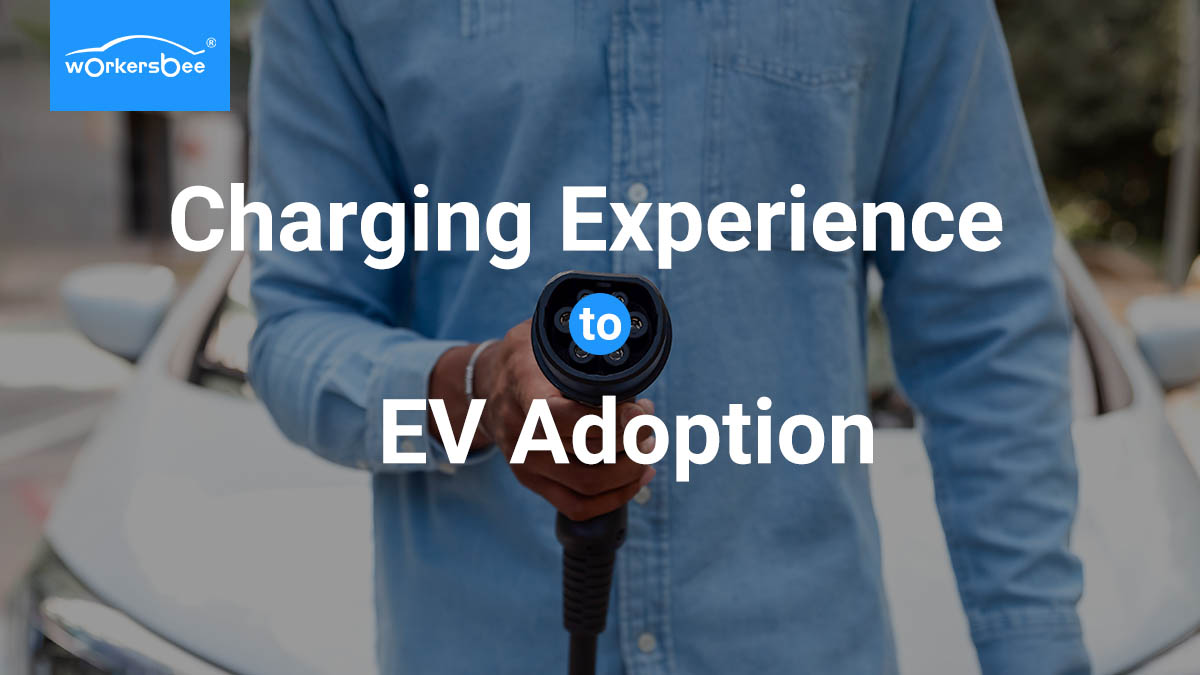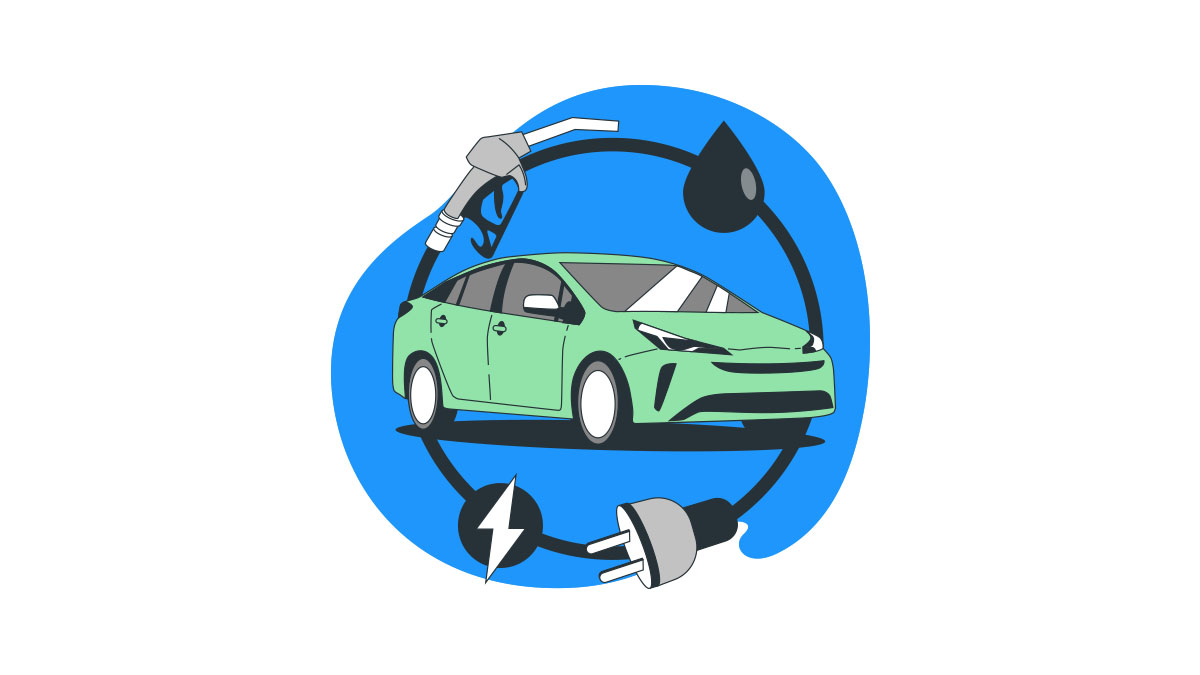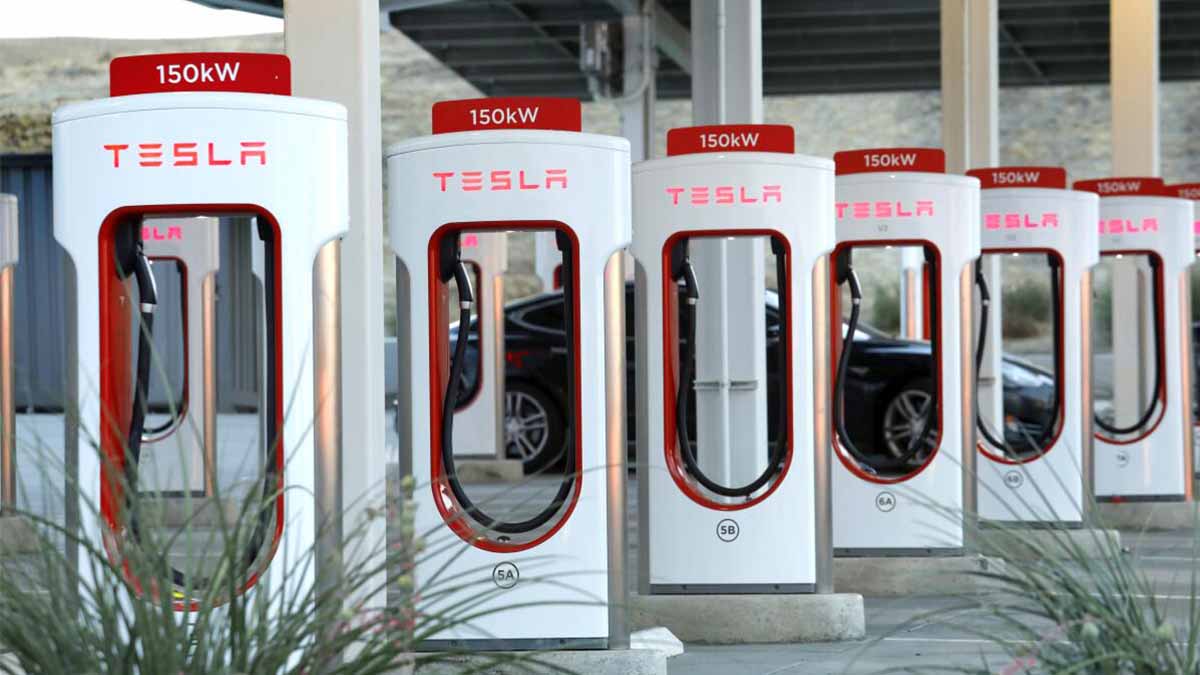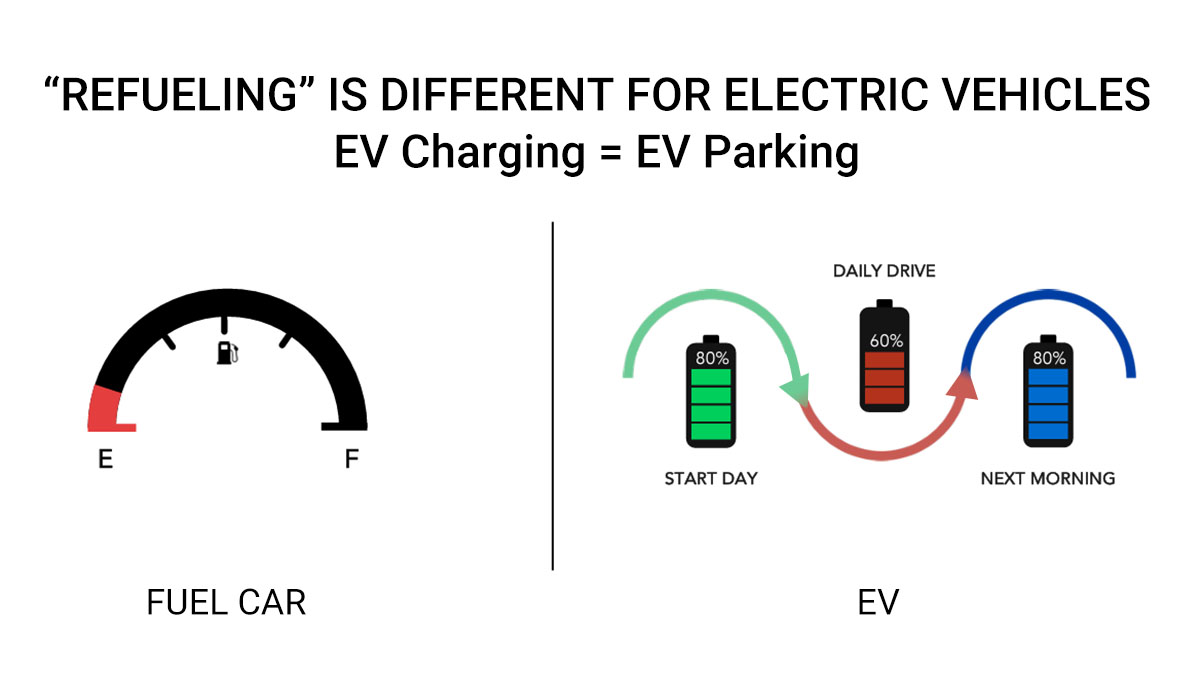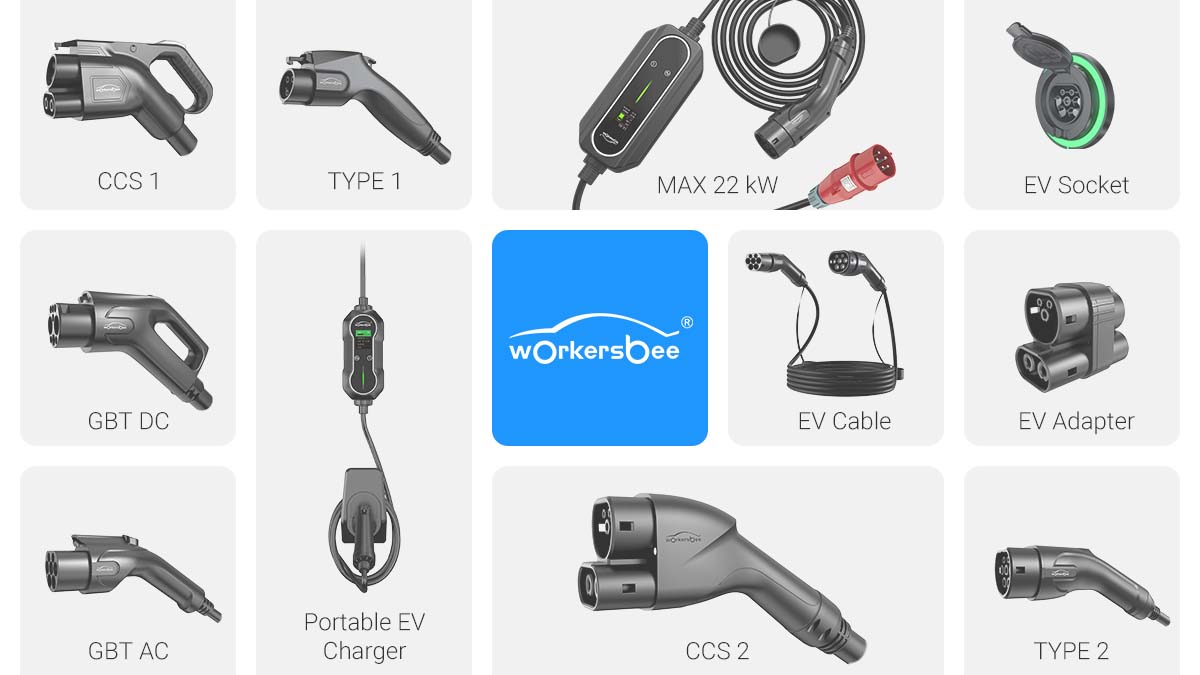Since the establishment of globally agreed climate goals, the adoption of electric vehicles has been driven by strong policies in various countries as a key point to achieving the goals. The wheels are rolling forward. Under the world’s ambitious decarbonization goals, the adoption of electric vehicles has now successfully shifted to a dual drive of policy-plus-market. But as we know, the current market share of electric vehicles is still far from enough to support this great ideal.
Undeniably, there is a large number of fuel vehicle owners who are very interested in EVs which are favorable policy and environmentally friendly. However, there are still some “old school” who are loyal to fuel cars and are not optimistic about the future development of electric vehicles. The primary answer that causes the former to hesitate and the latter to reject is the charging of EVs. The number one obstacle to EV adoption is charging. And this gave rise to the hot topic of “mileage anxiety“.
As a globally renowned manufacturer of electric vehicle charging products, Workersbee has been committed to developing and selling products including EV connectors, EV cables, portable EV chargers and other products for over 16 years. We look forward to discussing the impact of charging experience on electric vehicle adoption with industry partners.
Electric cars or fuel cars, that is the question
Consumers have great faith in the mileage that fuel cars can get because they are used to filling up. But refueling a fuel vehicle can only happen at gas stations, which are dedicated locations where fuel is available. Because gas stations require large underground storage tanks to store fuel, there is a risk of flammability and explosion. Due to factors such as safety and environment, site selection is very strict. Therefore, the planning and design of building gas stations are often more complex and there are many limiting factors.
The climate issues caused by more exhaust emissions from fuel vehicles are becoming severe, so environmentally friendly electric vehicles are the general trend. In theory, consumers can charge their EVs anywhere they can park and have suitable power. In fact, the ratio of EVs to public chargers is better than the ratio of fuel cars to gas pumps. Because EV charging doesn’t have a standardized site like a gas station, it’s more decentralized and free.
In terms of money cost, the cost-effectiveness of electricity compared to gasoline is self-evident if electricity is utilized wisely. In terms of time cost, EV charging can even be done without the presence of the EV driver, charging the EV is just something they do by the way while doing other things.
From an efficiency point of view, refueling a fuel vehicle can achieve high mileage in a short period of time. But EVs, have very different charging rates due to different types of chargers -slow AC chargers at home and fast DC chargers in public. The real concern for the “EV- hesitant people ” is that EV chargers are often hard to find, or in other words, it’s often difficult to find a reliable charger in time when they are short on power.
If we can convince consumers that charging is effortless, EV adoption will accelerate.
Charging experience to EV adoption: Bottleneck or Catalyst
The consumer market is rife with complaints about the poor charging experience of electric vehicles. For example, it is difficult to find available chargers sometimes, the plug ports are incompatible, the charging rate does not meet the expected promise, and there is endless news about the frustration of car owners due to broken charging piles that are not maintained. Mileage anxiety caused by the lack of security of being able to charge in a timely manner is constraining consumers’ purchasing desires.
But let’s calm down and think about it – Whether consumers’ demand for mileage is honest and reliable? Given that long-distance road trips are not the norm for most consumers’ lives, 100 miles is enough to meet our daily commuting needs. If the charging experience can build consumer confidence and make people realize that effective charging has become a breeze, then perhaps we can increase the sales of EVs with smaller-capacity batteries, which is more affordable.
Tesla perfectly explains how a great charging experience can strongly catalyze the sales of electric vehicles. When we talk about Tesla, a BEV brand that always tops the sales list of EVs, besides its fashionable and technological appearance and outstanding driving performance, no one can ignore Tesla’s exclusive Supercharger network. Tesla has the world’s largest charging network, with a Supercharger capable of adding 200 miles of range in just 15 minutes, a huge advantage it has over other automakers. The charging experience of the Supercharger is simple and wonderful – Simply plug it in, charge, and go on the trip. This is why it now has the confidence to call itself the North American Charging Standard.
Consumer concerns about EV charging
Consumers’ concerns ultimately revolve around mileage and whether it can give them enough confidence to set off anytime. Drivers often worry that electric vehicles will run out of juice before they reach their destination and will not be able to recharge in time to increase range. Reliable chargers are scarce in some places. Also, unlike fuel cars, EVs’ “refueling” rate varies and sometimes falls short of what is promised. In some cases, drivers don’t have a lot of time to recharge, and whether a suitable high-power, high-speed charger is available is the key point.
The usual charging scenarios are categorized into private and public piles.
Apartments or communities: Some of them have private parking lots equipped with chargers to meet the charging demands of vehicle owners with a light operation model of swipe cards or ancillary services. However, there may be problems such as high installation cost, compatibility with residents’ vehicles, and scientific vehicle-to-pile ratio.
Home: There may be some restrictions and resistance to installing a charger in a private residence, and upfront consultation with the local electricity authority will be required.
Public chargers: Whether DC or AC, the platforms of public chargers in the market have not achieved excellent interoperability. Consumers may need to download many apps on their phones for complex operations. Charging stations’ information about available chargers is lagging and untimely, which can sometimes frustrate drivers who expect to go there. Charging piles have a high failure rate and do not get timely maintenance. Poor amenities around charging stations, make the process of waiting for charging boring for drivers. All of these concerns can make consumers feel less favorable about electric vehicles.
What consumers want
Existing EV owners and potential EV consumers, both hope for a truly user-centered charging experience. EV chargers may need to include more than just the following features:
- Approaching 99.9% uptime. The matter itself is indeed challenging but can be achieved with sound maintenance.
- Plug & Charge. No need for complex interactions with the charger, just plug in and connect the vehicle and the charger to establish communication to charge.
- Seamless charging experience. This requires a better vehicle-to-pile ratio that minimizes mileage anxiety.
- Excellent interoperability.
- Trustworthy safety.
- Reasonable and acceptable price. Some rebates and incentives can also be added.
- Faster charging, more convenient charger locations, and higher reliability.
- Complete and comfortable amenities.
How the EV charging market is responding to consumer demand
- AC charging: Suitable for taking place at home, at the workplace, and in public places where car owners may stay for a long time.
Some surveys show that for most EV owners, more than 90% of charging occurs where they live. Private charging piles provide the primary electrical power. At home, consumers have the option of charging their EVs with a wall-mounted charger. If you want to spend less, a portable EV charger is also a good choice. Workersbee’s portable EV chargers have been selling very well in Europe and the United States due to our exquisite workmanship, excellent charging performance, trustworthy safety, and user-friendly interactive experience. We also provide an optional backplate, so consumers can fix the charger in the garage and fully charge the battery while they sleep.
- DC charging: high-power DCFC for road trips with only temporary stops, and low-power DCFC for hotels, shopping malls, etc. with only short stops (these locations usually also require AC chargers).
It is very important to increase the number and reasonable density of chargers. This initiative is not possible without the exploration of R&D in charging technology. Workersbee’s R&D team has been at the forefront of the industry, constantly breaking through technology and optimizing costs. Our CCS DC charging cables provide stable high current output while better-controlling cable temperature rise. Based on 16+ years of production and R&D experience, the modular design and production of products have been formed. With the advantage of cost control, product quality and performance are guaranteed to a greater extent, and it has obtained authoritative certifications such as CE, UL, TUV, and UKCA.
The DC charging market should explore more commercial operation modes and establish a user-friendly charging service ecosystem so that consumers can feel the charm of carefree charging. While activating consumer confidence in the electric vehicle market, it also introduces more traffic to charging stations, promoting revenue growth and healthy development of the industry.
With its advanced R&D thinking, professional technical strength, and broad global perspective, workersbee looks forward to working with charging industry partners to create a charging environment that achieves high consumer satisfaction. Reduce charging worries and enhance consumer confidence in electric vehicles. It will not only benefit existing electric vehicle owners but also stimulate the consumption transformation of potential consumers. This will increase the adoption of electric vehicles, ultimately reducing greenhouse gas emissions and mitigating the effects of climate change. To achieve the world’s zero-carbon goal, Stay charged, Stay connected!
Post time: Nov-14-2023


